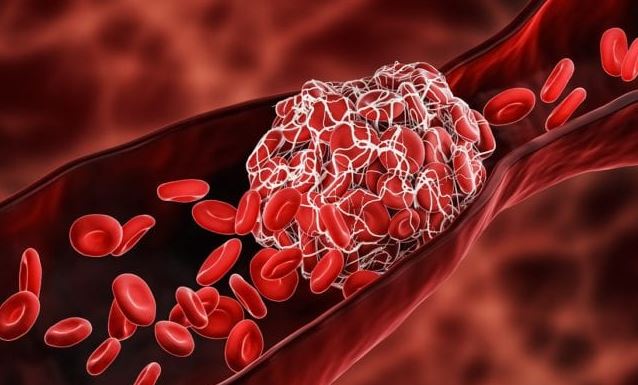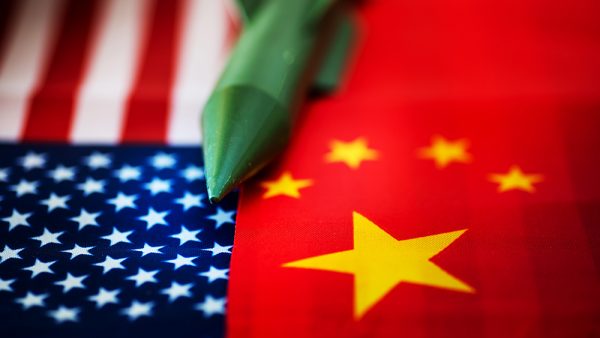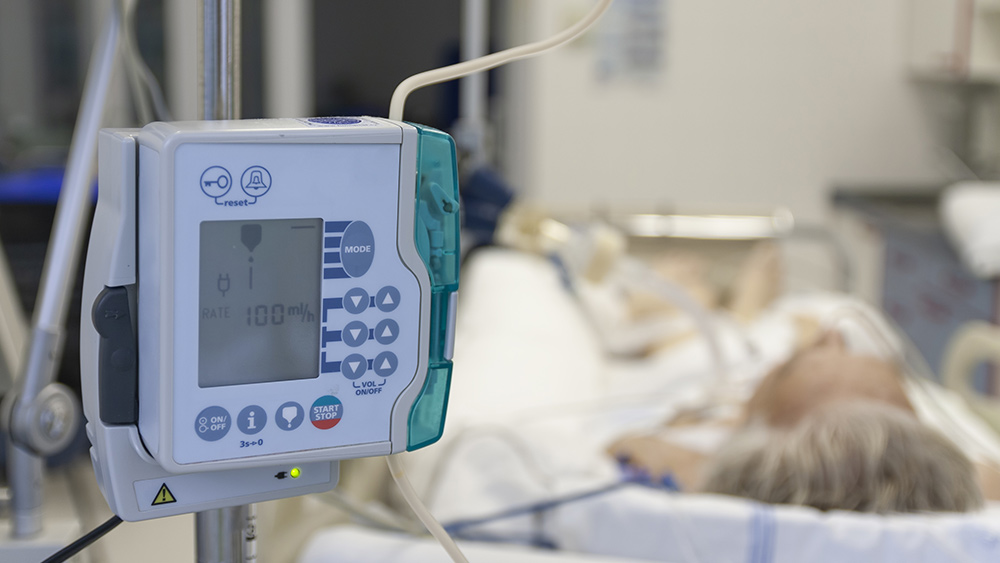 Parler
Parler Gab
Gab
White lung syndrome pneumonia outbreaks occur in Denmark roughly every four years
According to Denmark's Statens Serum Institut (SSI), rates of white lung syndrome pneumonia have tripled over the past five weeks. Government officials are warning that many children will be "struck down" this winter season. In nearby Netherlands, there is reportedly an "alarming spike" in cases of children facing pneumonia infections, which is also said to be a problem in Sweden as well. All these government warnings from China and various European countries are inciting fresh fears that the continent is experiencing a new outbreak and that many other nearby countries will soon be affected. M. pneumoniae infections are similar to mild influenza, much like COVID-19 was. Sometimes the disease is called "walking pneumonia," and children are said to be the most susceptible to it. Common antibiotics like penicillin have no effect on the condition, which reportedly circulates in Denmark roughly every four years, usually in late autumn and early winter. The last time an outbreak like this occurred in Denmark was in 2018, which means the Scandinavian country is well overdue for another one. "For the past four years, the number of mycoplasma infections has been extremely low, and it is therefore not unusual that we have an epidemic now," commented SSI senior researcher Hanne-Dorthe Emborg. "We have actually been waiting for it since we closed the country after the COVID pandemic." This year, though, the number of infections is expected to be higher than usual just like what is being reported in China. "Precisely because the number has been so low in the past three-and-a-half years, and there is therefore a group of children who have not built-up immunity, we can probably also expect a higher incidence this season than what has been seen during previous mycoplasma epidemics before the pandemic," Emborg said. Singapore is another country where mycoplasma infections are on the rise and is also a nation where previously most everyone was forced to get "vaccinated" for COVID. When asked for more data on its outbreak, Chinese Foreign Minister Wang Yi stated that the new outbreak "is a very common phenomenon in many countries, and in China that has been put under effective control." "China's interactions with the international community will not be affected by any factors, and we welcome more visits from friends from across the world," Wang added. Other related conditions being blamed for the new mycoplasma outbreak in China include seasonal flu and RSV (respiratory syncytial virus), these being the same circulating diseases that spread around China right before COVID became a "pandemic." Will white lung syndrome pneumonia become the next "pandemic?" Find out more at Pandemic.news. Sources for this article include: DailyMail.co.uk NaturalNews.comWhistleblower claims NHS EUTHANIZED PATIENTS to inflate COVID-19 pandemic death toll
By Laura Harris // Share
Beijing bribed Taiwanese military officer to STEAL Chinook chopper
By Ramon Tomey // Share
Governments continue to obscure COVID-19 vaccine data amid rising concerns over excess deaths
By patricklewis // Share
Tech giant Microsoft backs EXTINCTION with its support of carbon capture programs
By ramontomeydw // Share
Germany to resume arms exports to Israel despite repeated ceasefire violations
By isabelle // Share










